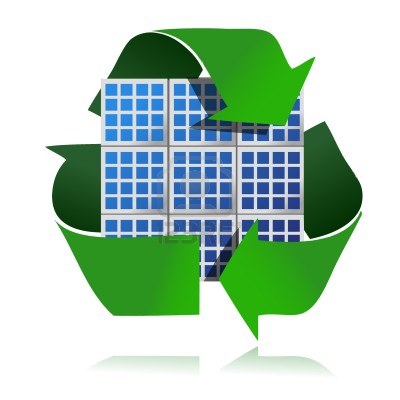The most effective way to reduce waste is to not create it in the first place. Making a new product requires a lot of materials and energy: raw materials must be extracted from the earth, and the product must be fabricated and then transported to wherever it will be sold. As a result, reduction and reuse are the most effective ways you can save natural resources, protect the environment, and save money.
Benefits of Reducing and Reusing:
* Prevents pollution caused by reducing the need to harvest new raw materials;
* Saves energy;
* Reduces greenhouse gas emissions that contribute to global climate change;
* Helps sustain the environment for future generations;
* Saves money;
* Reduces the amount of waste that will need to be recycled or sent to landfills and incinerators;
* Allows products to be used to their fullest extent.
Benefits of Reducing and Reusing:
* Prevents pollution caused by reducing the need to harvest new raw materials;
* Saves energy;
* Reduces greenhouse gas emissions that contribute to global climate change;
* Helps sustain the environment for future generations;
* Saves money;
* Reduces the amount of waste that will need to be recycled or sent to landfills and incinerators;
* Allows products to be used to their fullest extent.



